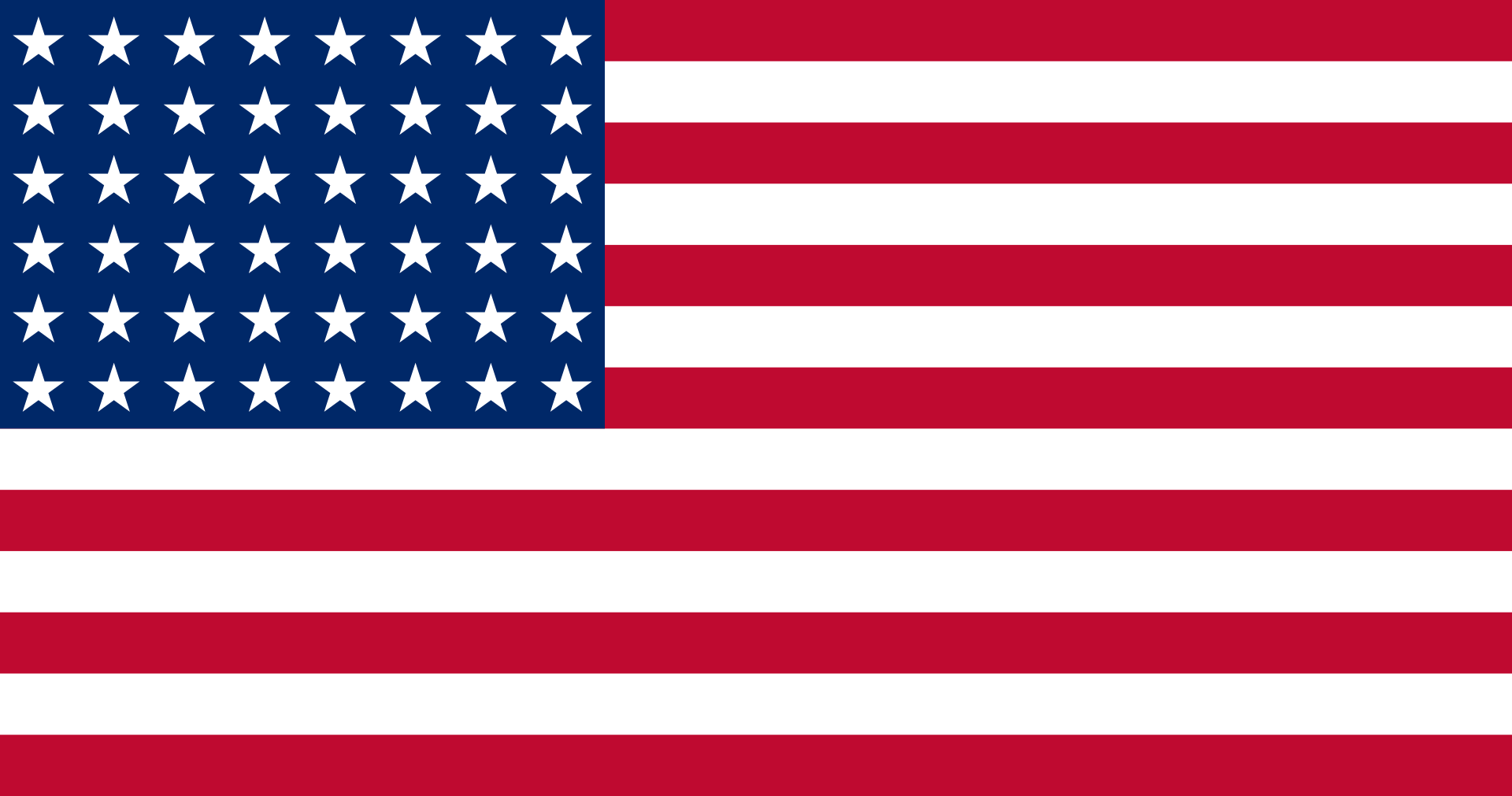Alaska Airlines
Operator Identification
United States of America
TYPE: Airline
IATA/ICAO CODES: AS / ASA
HEADQUARTERS: Anchorage, AK (1932-1947), Seattle, WA (1947-present)
OTHER NAMES: McGee Airways (1932-1934), Star Air Service (1934-1937), Star Air Lines (1937-1941), Alaska Star Airlines (1941-1944), Alaska Airlines (1944-present)
SUBSEQUENT NAME: Nil

Operator History
Alaska Airlines was founded in 1932 as McGee Airways, by Linious "Mac" McGee. It flew its inaugural service between Anchorage and Bristol Bay with a Stinson single-engined, three-passenger aircraft. At the time, there were no scheduled flights: a flight took off when there were passengers or a load of cargo or mail.
It was the middle of the Great Depression and the airline was struggling financially. There were too many airlines in Anchorage at the time, and not enough demand to support them. In the next few years, through several mergers and name changes, the airline expanded to cover the whole of Alaska. In 1934, McGee sold his namesake airline for $50,000 to Star Air Service, another Anchorage-based airline, and McGee joined the mining industry. With a fleet of fifteen aircraft, Star Air Service was a dominant airline in Alaska, but it continued to struggle financially because of high maintenance costs for its wood and fabric planes. In 1937, McGee came back to the airline. At that time, he owned a liquor store and the airline began flying liquor to remote Alaskan communities. That same year, Star Air Service purchased Alaska Interior Airlines and was incorporated as Star Air Lines. Star was again sold later that year to a group of miners.
In 1938, federal regulation began when Congress created the Civil Aeronautics Board (CAB). The CAB awarded Star most of the routes that it wanted in Alaska, but the coveted route between Seattle and Anchorage was awarded to Pan American Airways. In 1941, Star was purchased by Raymond Marshall, a New York businessman. In 1942, he purchased three other airlines in Alaska, Lavery Air Service, Mirow Air Service, and Pollack Flying Service as well as a hangar at the Anchorage airport, and the airline's name was changed to Alaska Star Airlines. The name Alaska Airlines was adopted on 2 May 1944.
During WWII, Alaska Airlines struggled due to a lack of pilots. The airline lacked funds and equipment, and it went through many different presidents during this time. In 1943, Alaska Airlines purchased the Lockheed 18 Lodestar, its first multi-engine aircraft. That same year the company's stock was traded for the first time on the American Stock Exchange. From 1947, jockey James Wooten became president of the airline and began a major expansion program. The company purchased many surplus military aircraft, including Douglas DC3s, DC4s and Commandos.
Alaska Airlines' large charter business made it profitable, and the airline moved its base of operations to Paine Field, near Seattle, WA, while keeping a branch office in Anchorage. However in 1949, the CAB tightened its regulations, placed heavy fines on the airline and ended up shuting it down completely for safety violations. That same year, the airline became a major participant in an effort by the newly established state of Israel to airlift Jews out of Yemen to Israel in what became known as Operation Magic Carpet. Commandos and DC-4s were used for the nearly 3,000 mile flight, made necessary to avoid overflying Arab nations. Planes flew from Eritrea to Aden, then along the Gulf of Aqaba to Tel Aviv. After unloading the refugees, crews then immediately continued to Cyprus, afraid to stay on the ground in Tel Aviv in fear of being bombed. Some 49,000 Yemenite Jews were airlifted by Alaska Airlines and other carriers without a single loss of life.
Alaska Airlines started the 1950s with its business restricted to the state of Alaska. In 1950, it purchased two smaller Alaskan airlines, Collins Air Service and Al Jones Airways. Though the airline had grown much under the ownership of Raymond Marshall, the CAB forced him out in 1951 due to continuing financial troubles. In 1951, the CAB awarded Alaska Airlines with a temporary certificate allowing them to operate on routes from the Alaskan cities of Anchorage and Fairbanks to Seattle and Portland in the contiguous United States; this award would become permanent in 1957. In 1952, the CAB appointed Nelson David as president, and he began to improve the financial stability of the airline. By 1957, with the carrier in a better financial situation, David left and Charles Willis, Jr. became the company's new president and CEO. A pilot during World War II, Willis introduced several marketing gimmicks that set the airline apart from other ones of the day. Under his leadership, Alaska Airlines became the first to show inflight movies. The company began service of the Douglas DC6, the airline's first pressurized plane, enabling flights above clouds and weather disturbances.
Alaska Airlines grew further during the following decades, becoming today America's fifth largest airline.
Commando Operations
1947 to 1957*
Last edited: 27/08/2023

